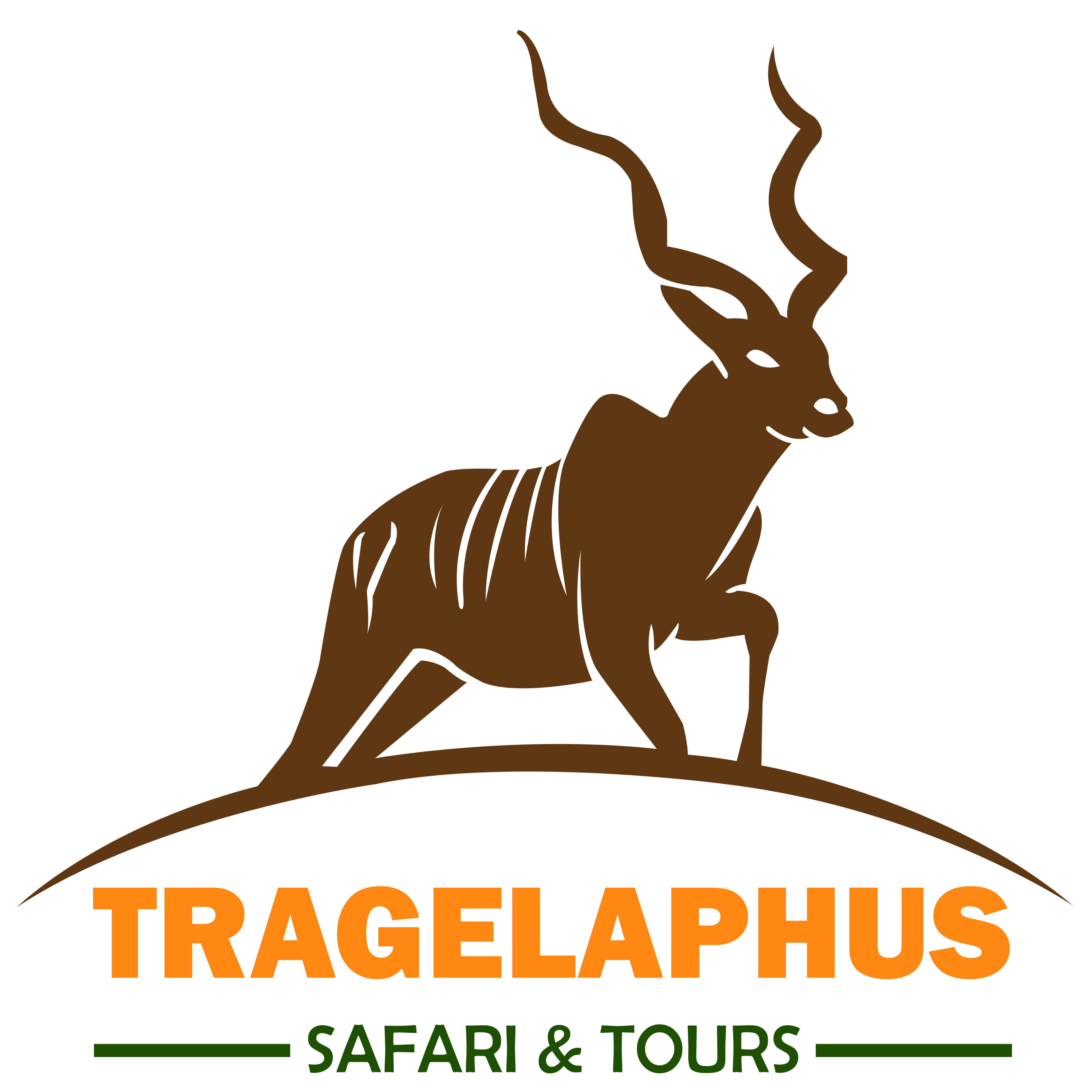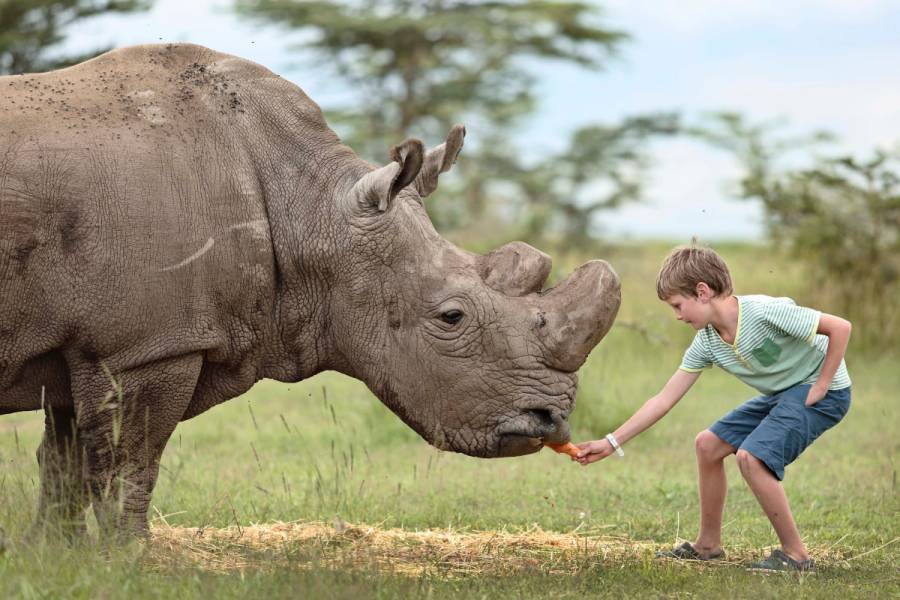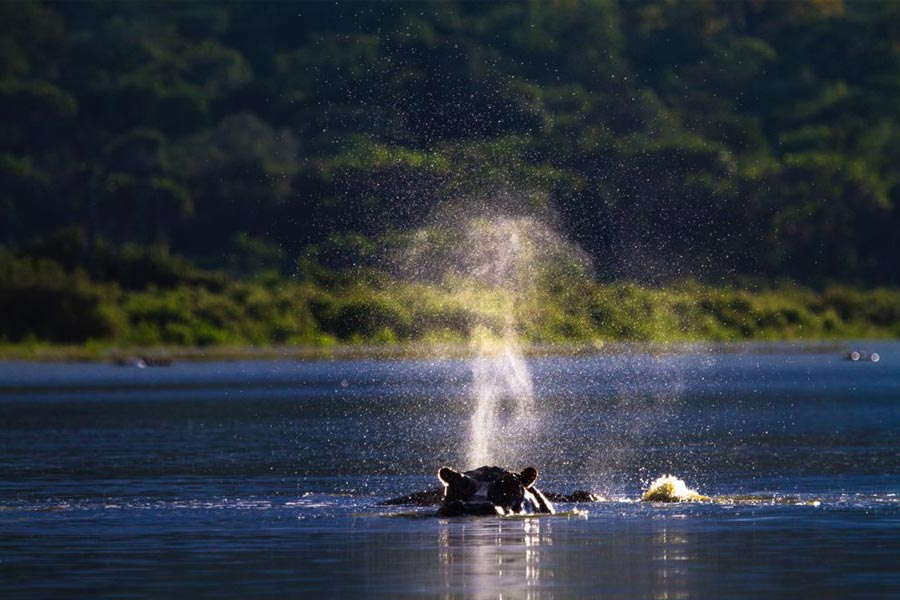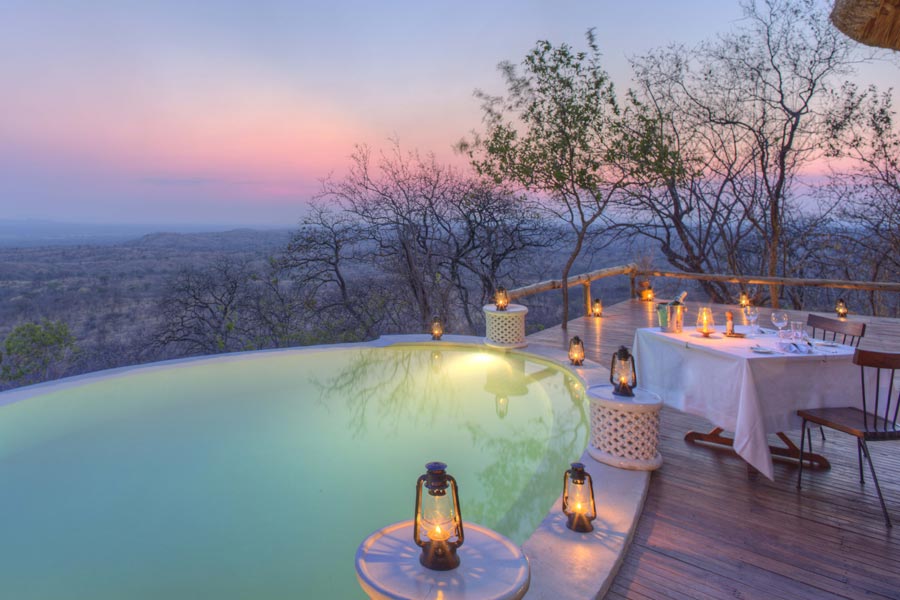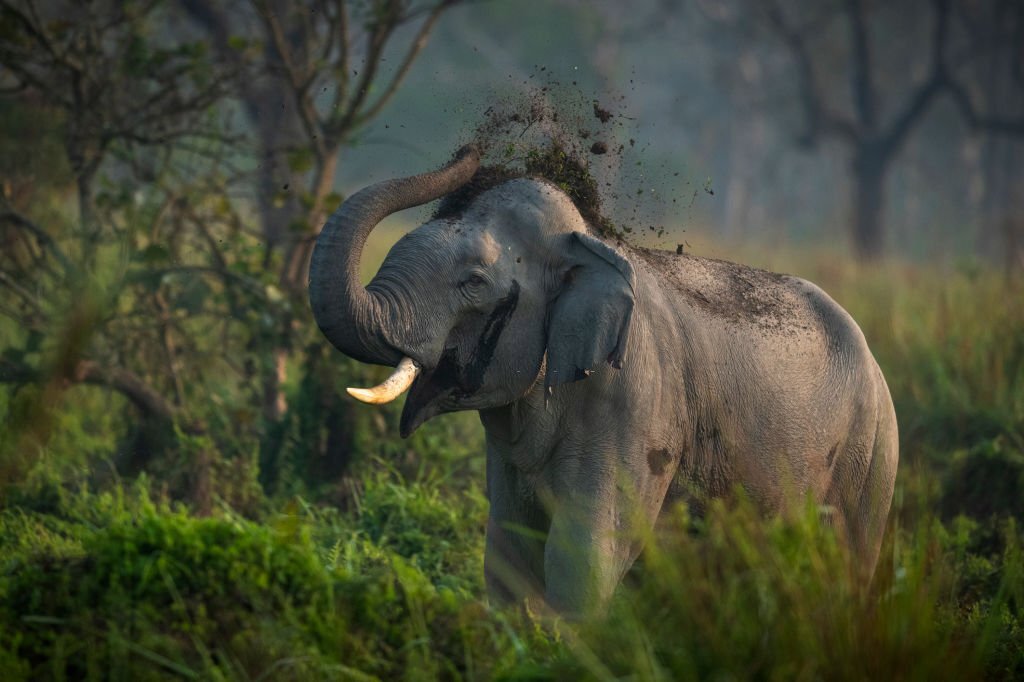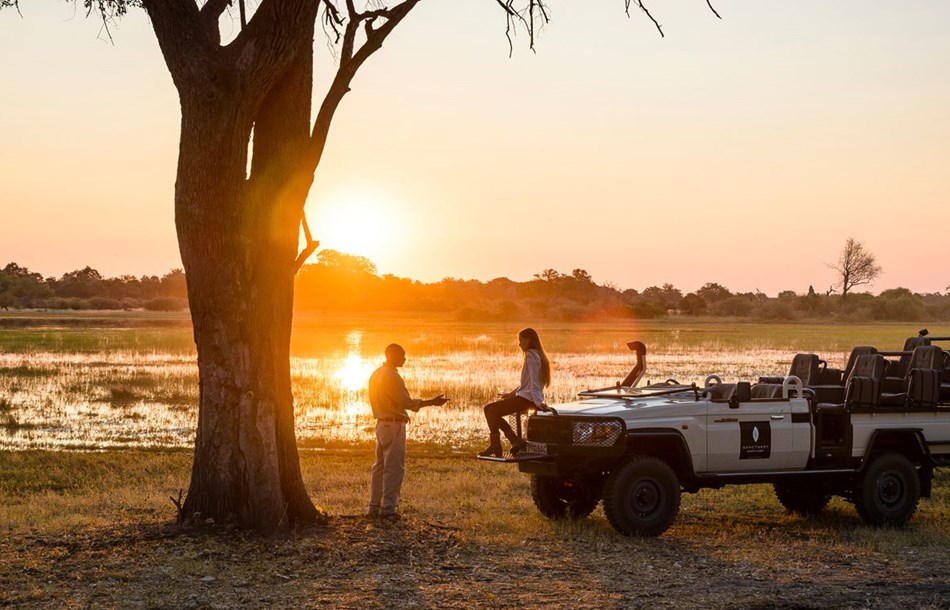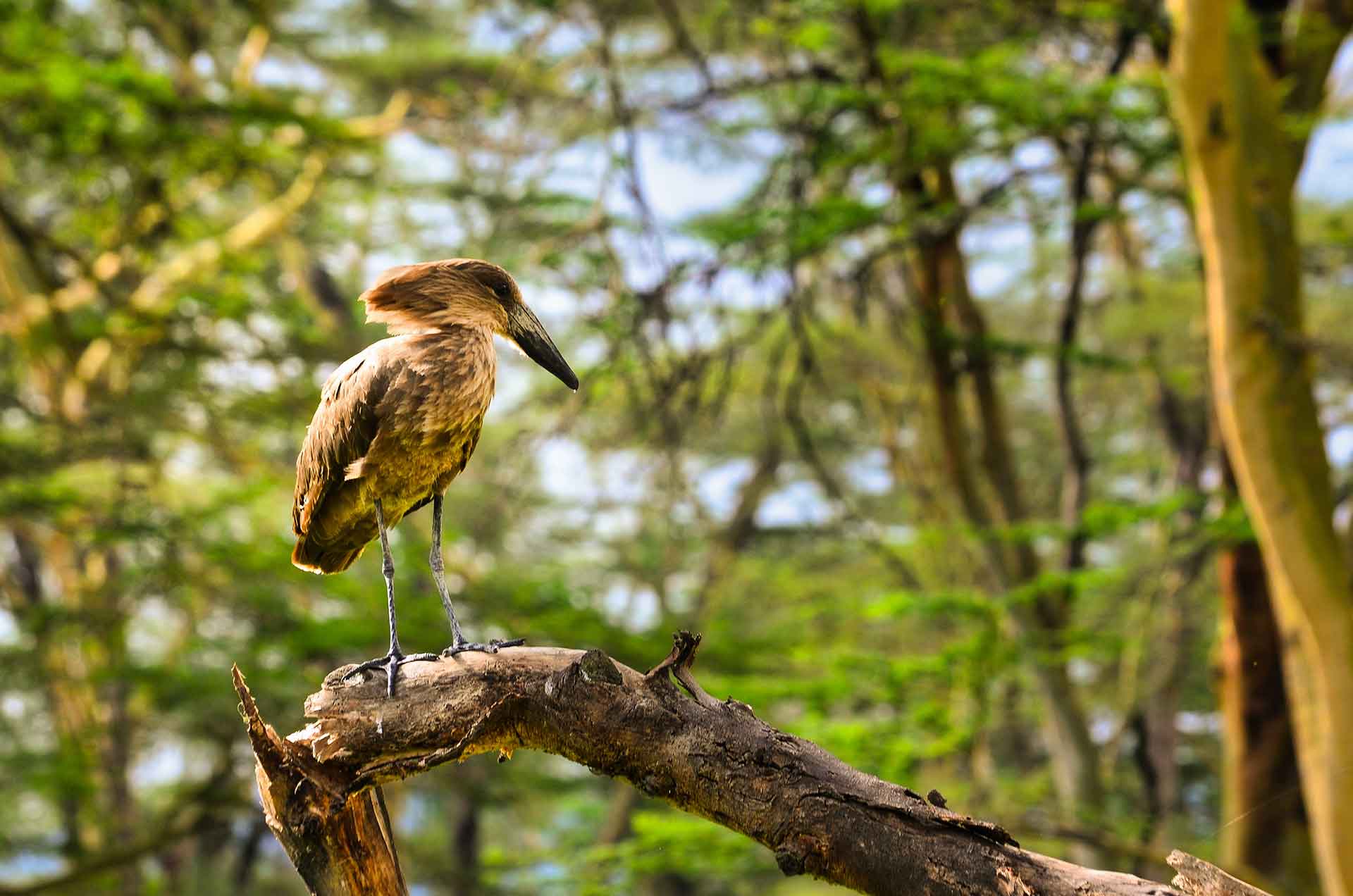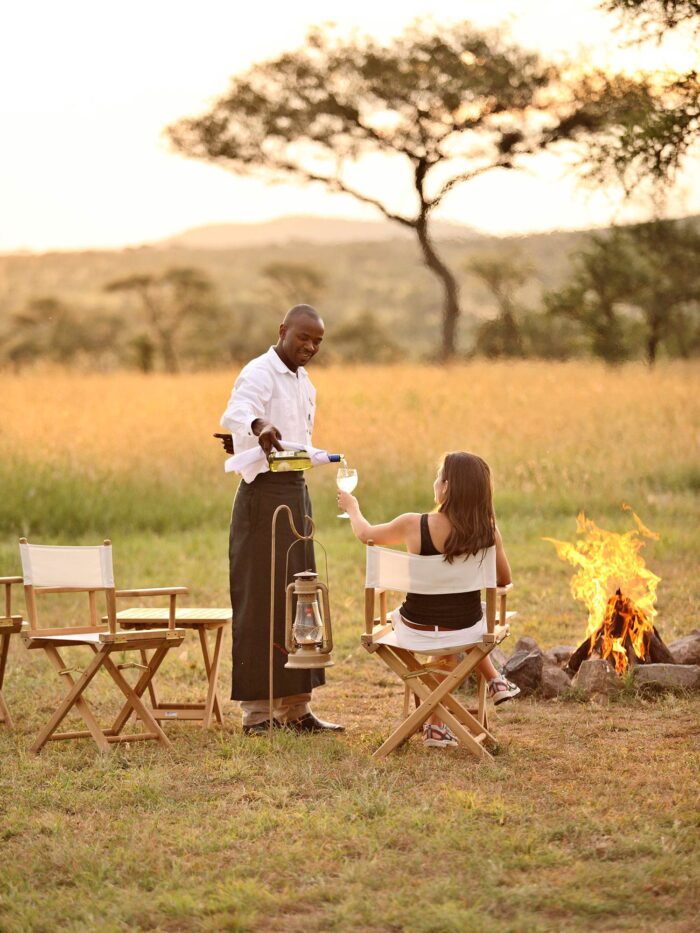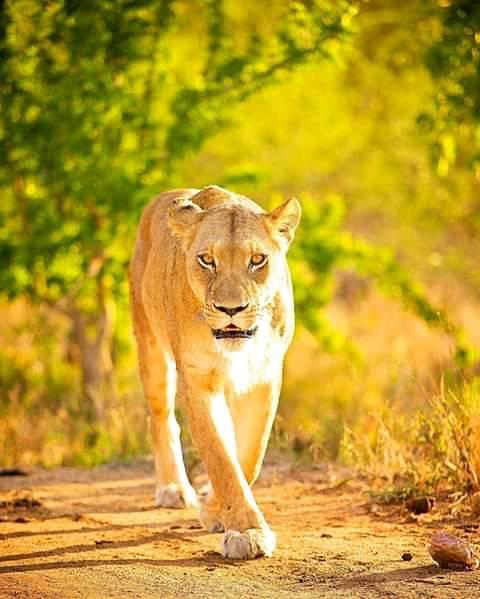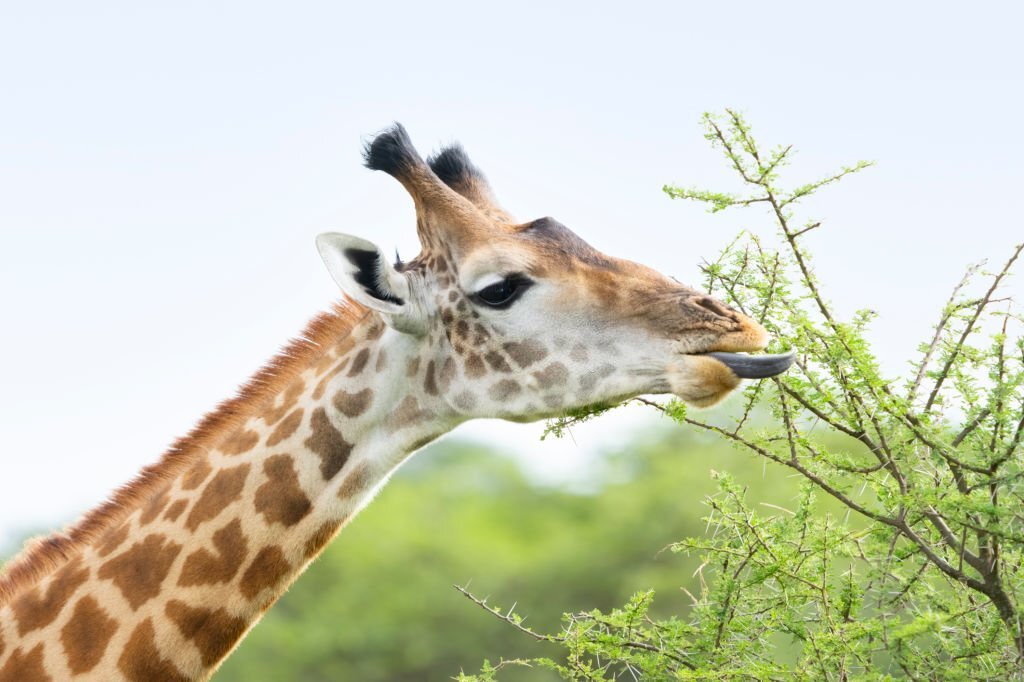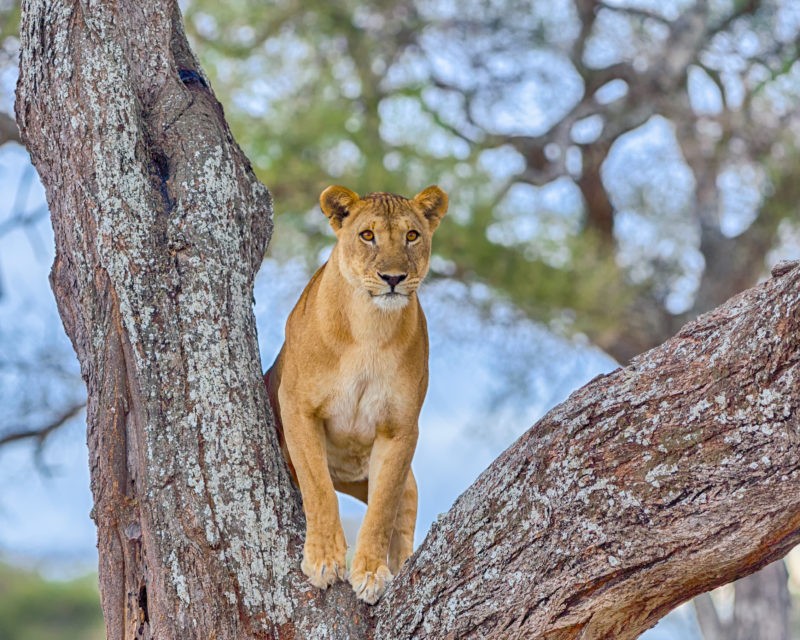
More Details About Ruaha
Get something new in ruaha!
About Ruaha National Park
What's Ruaha: Ruaha word derived from the Great Ruaha River, which flows through the Rift Valley on the eastern part of the Park, creating spectacular gorges. The name ‘Ruaha’ originates from the Hehe word ‘Ruvaha’ which means ‘river’. Flowing into the Rufiji River. Gazetted in 1964, and with an area today of 20,0226 square km, Ruaha National Park is the largest park in the whole of Tanzania and East Africa.
Ruaha National Park: is the largest national park in Tanzania, and it has a truly wild atmosphere that all of our guests love. Relatively untouched, it’s a wilder and more remote park than its southern neighbor Selous Game Reserve and ultimately has the better wildlife, albeit without boating safaris. Safaris here offer superb value for money and some of the best you will find in the country
Size and location: Ruaha National Park is the largest national park in Tanzania, covering an area of about 20,226 square kilometers (7,809 square miles). It is situated in the southern part of the country, in the heart of the East African safari circuit.
Landscape and biodiversity: The park is known for its rugged and dramatic landscapes, characterized by rolling hills, rocky outcrops, and the Great Ruaha River that cuts through the park. It is home to a wide range of wildlife species, including elephants, lions, leopards, cheetahs, giraffes, zebras, buffaloes, and more than 570 bird species.
Ruaha National Park in Tanzania is home to an impressive array of wildlife, including elephants, lions, leopards, cheetahs, African wild dogs, giraffes, Burchell's zebras, African buffaloes, hippos, impalas, greater kudus, sable antelopes, roan antelopes, Grant's gazelles, hartebeests, waterbucks, bushbucks, topis, warthogs, crocodiles, hyenas, jackals, baboons, vervet monkeys, olive baboons, rock hyraxes, African fish eagles, martial eagles, lappet-faced vultures, bateleurs, secretary birds, marabou storks, African grey hornbills, lilac-breasted rollers, African pygmy falcons, yellow-collared lovebirds, white-headed lapwings, Fischer's lovebirds, Rüppell's griffon vultures, ground hornbills, and many more. Ruaha National Park offers a captivating wildlife experience with its diverse range of species, making it a must-visit destination for nature enthusiasts.
Conservation Significance: Ruaha National Park plays a vital role in the conservation of Tanzania's wildlife and ecosystems. It is part of the larger Ruaha-Rungwa-Kizigo-Muhesi ecosystem, which extends over 45,000 square kilometers (17,400 square miles) and supports a diverse range of plant and animal species.
Safari Experiences: The park offers exceptional safari experiences, allowing visitors to explore its vast wilderness and encounter wildlife up close. Game drives are the primary activity, allowing travelers to observe the park's diverse wildlife in their natural habitat. Walking safaris, birdwatching, and night drives are also available, providing unique opportunities to explore the park's ecosystem.
Accessibility: The park can be reached by road or air. It is located approximately 130 kilometers (80 miles) west of Iringa town. The nearest airstrip is Msembe Airstrip, located within the park, which receives scheduled flights from major Tanzanian cities like Dar es Salaam.
Conservation Challenges: Like many protected areas, Ruaha National Park faces various conservation challenges. These include poaching, human-wildlife conflicts, habitat degradation, and climate change impacts. Conservation efforts focus on anti-poaching measures, community involvement, and sustainable tourism practices to protect the park's biodiversity.
What to do In Ruaha National Park
There are several exciting activities and experiences to enjoy in Ruaha National Park. Here are some things to do when visiting Ruaha:
Game Drives:
Embark on thrilling game drives to explore the vast landscapes of Ruaha and encounter its diverse wildlife. Knowledgeable guides will lead you through the park, increasing your chances of spotting animals such as elephants, lions, leopards, giraffes, and more.
Walking safari:
Experience a more intimate and immersive encounter with nature by going on a walking safari. Accompanied by an armed ranger, you can explore the park on foot, observing wildlife up close and learning about the smaller aspects of the ecosystem, including plants, insects, and tracks.
Birdwatching:
Ruaha National Park is a paradise for bird enthusiasts. With over 570 recorded bird species, including numerous resident and migratory birds, it offers incredible birdwatching opportunities. Keep an eye out for African fish eagles, lilac-breasted rollers, secretary birds, and many other colorful and unique species.
Night Drives:
Experience the park's nocturnal wildlife by embarking on a night drive. Armed with spotlights, you'll have a chance to spot elusive creatures such as leopards, hyenas, and other nocturnal animals that become active after sunset.
Cultural Experiences:
Take the opportunity to engage with local communities surrounding Ruaha National Park. Visit nearby villages to learn about the local culture, traditions, and daily life of the people living in the region.
Fishing:
Ruaha River, which flows through the park, provides an excellent opportunity for fishing. Catch-and-release fishing is popular, allowing you to test your angling skills and engage with the aquatic life of the river. Please note that fishing regulations and permits may apply.
What
Photography:
Ruaha's breathtaking landscapes and diverse wildlife offer fantastic opportunities for photography. Capture stunning images of animals in their natural habitat, picturesque sunsets, and the unique scenery of the park.
Balloon flight:
Experience the beauty of Ruaha from a different perspective by embarking on a hot air balloon safari. Float above the savannah, witnessing the stunning landscapes, wildlife, and sunrise or sunset views. It offers a serene and breathtaking way to appreciate the park's vastness.
Conservation Activities:
Some lodges and camps in Ruaha offer the opportunity to participate in conservation activities. This may include visiting anti-poaching units, learning about community-based conservation efforts, or engaging in environmental education programs.
Relaxation:
After adventurous activities, take some time to relax and unwind. Many lodges and camps in Ruaha provide comfortable accommodations with beautiful views, allowing you to relax and appreciate the tranquility of the surrounding wilderness.
Bush Meals:
Some lodges and camps in Ruaha offer the opportunity to have a bush meal. Enjoy a delicious meal surrounded by nature, typically in a designated area within the park. It's a unique way to savor the flavors of the region while immersing yourself in the wilderness.
Remember to plan your activities in advance, considering factors such as the weather, park regulations, and the availability of experienced guides. Each lodge or camp in Ruaha typically offers a variety of activities, ensuring a memorable and fulfilling experience in this remarkable national park.
Interesting facts In Ruaha National Park
Size and Diversity:
Ruaha National Park is the largest national park in Tanzania, covering an expansive area of approximately 20,226 square kilometers (7,809 square miles). Its vast size encompasses a diverse range of ecosystems, including rolling hills, rocky outcrops, open plains, and the Great Ruaha River.
Wildlife Abundance:
Ruaha is home to a remarkable concentration of wildlife, with one of the largest elephant populations in East Africa. It also boasts the highest concentration of lions in Tanzania and is a vital sanctuary for endangered African wild dogs.
Birding Paradise:
With over 570 recorded bird species, Ruaha National Park is a haven for birdwatchers. It offers a diverse array of resident and migratory birds, including raptors, waterbirds, and numerous colorful and unique species.
Undisturbed Wilderness:
Ruaha National Park is relatively remote and less visited compared to other Tanzanian parks, allowing for a more exclusive and authentic safari experience. Its untouched wilderness offers a sense of pristine beauty and tranquility.
Great Ruaha River:
The park is traversed by the Great Ruaha River, a lifeline for wildlife during the dry season. The river supports a rich ecosystem and attracts a variety of animals, making it an excellent location for game viewing.
What
Baobab Trees:
Ruaha is dotted with iconic baobab trees, which are known for their unique shape and striking appearance. These ancient trees provide a picturesque backdrop and offer refuge to various bird species.
Conservation Success:
Ruaha National Park has been successful in implementing conservation efforts, including anti-poaching measures and community-based conservation initiatives. These efforts have contributed to the protection and preservation of the park's wildlife and ecosystems.
Dramatic Landscapes:
The park's landscapes are characterized by dramatic and contrasting scenery, ranging from sweeping grasslands to rugged hills and rocky outcrops. This diverse topography creates a visually stunning environment.
Off-the-Beaten-Path Experience:
Due to its remote location and fewer crowds, Ruaha National Park offers a more intimate and exclusive safari experience. Visitors can explore the park's vast wilderness without the hustle and bustle of more popular tourist destinations.
Seasonal Variation:
Ruaha experiences distinct wet and dry seasons, each offering unique wildlife viewing opportunities. The dry season, from May to October, is the best time for game drives as animals gather around water sources, while the wet season, from November to April, brings lush greenery and migratory bird arrivals.
Climate & Seasons In Ruaha National Park
What's the best time to visit Ruaha National Park
Dry Season (May to October): The dry season is generally considered the best time to visit Ruaha National Park. During this period, the weather is dry, and vegetation is less dense, making wildlife easier to spot. Animals congregate around water sources, resulting in excellent game viewing opportunities. The months of June to October offer cooler temperatures and lower chances of rainfall.
Wildlife Viewing (June to October): If your primary focus is wildlife viewing, the dry season is ideal as animals gather around water sources, including the Great Ruaha River. You can witness predators such as lions, leopards, and cheetahs, as well as large herds of elephants, buffaloes, giraffes, and antelopes..
Wet Season (November to April): The wet season in Ruaha brings lush greenery and beautiful landscapes, as well as the arrival of migratory bird species. The park becomes more vibrant and teeming with life during this time. However, it's important to note that accessibility to certain areas of the park may be challenging due to muddy roads, and wildlife can be more dispersed as water is more abundant throughout the park.
Birdwatching (November to April): Ruaha National Park is home to a diverse range of bird species, making it a paradise for birdwatchers. The wet season from November to April is the best time for birdwatching, as migratory birds arrive, and resident species display vibrant breeding plumage.
Landscape and Photography (November to April): Ruaha National Park offers stunning landscapes, including rugged hills, open plains, and the iconic baobab trees. If you are interested in landscape photography or capturing unique scenery, consider visiting during the green season (November to April) when the vegetation is lush and the landscapes are at their most picturesque.
So, Ultimately, the best time to visit Ruaha National Park depends on your specific interests. If you prioritize excellent game viewing and the chance to spot large concentrations of wildlife, the dry season is recommended.
What
March to May:
Most rain falls in April. It’s approximately 20 degrees at night and 28 degrees during the day. The fields are wet, but green and full of flowers and birds.
June to September:
In Ruaha National Park this is the “cool” period. There is little rain and the temperature is around 17 degrees at night to around 22 degrees during the day. You see lots of elephants and buffalo during this period, looking for coolness during and during the day near and in the water.
October and November:
There’s still little rainfall, it is the hottest period. The temperatures are around 31 degrees during the day. At this time, you find large groups of animals at the rivers.
December to March:
The temperature drops slightly again, to an average of 29 degrees during the day. The precipitation varies. There are all kinds of birds and many animals that have young.
So, the exactly best time to visit Ruaha National Park is Dry Season (May to October) due to the follow reasons or factors: Low Malaria Risk, Comfortable Weather, Easier Access (not muddy or less muddy) that enhance smooth and easer to navigate the park and reach different areas, Wildlife Concentration along the River Ruaha National Park, and Improved Visibility (not long grasses or less grasses) that enhance easer view of animals
Pictures
Ruaha Pictures
Activities
What travellers most enjoyed
on this destination.
Guided Walking Safari
Wildlife And Safari
Bird Watching
Bush Meals
Boat Safari
Scenery
Bush Camping
Accommodations
Accommodations Found
Inisde Park
Packages
Our Perfect Packages
Adventure, Family, Holidays, Wildlife.
Adventure, Family, Holidays, Wildlife.
Adventure, Family, Holidays, Wildlife.
Adventure, Family, Holidays, Wildlife.
Adventure, Family, Holidays, Wildlife.
Adventure, Family, Holidays, Wildlife.
Adventure, Family, Holidays, Wildlife.
